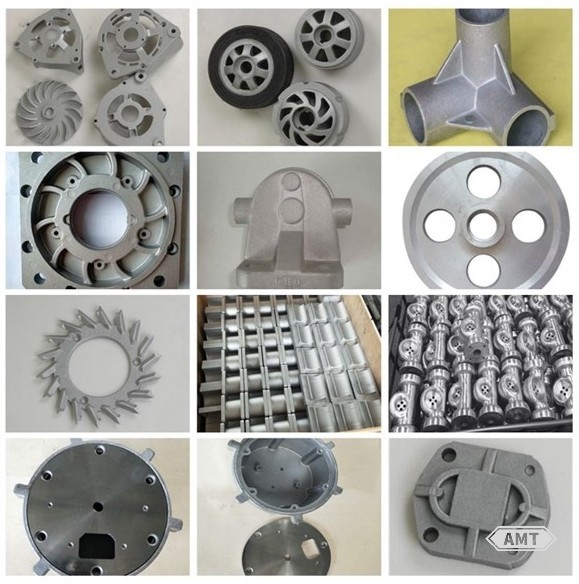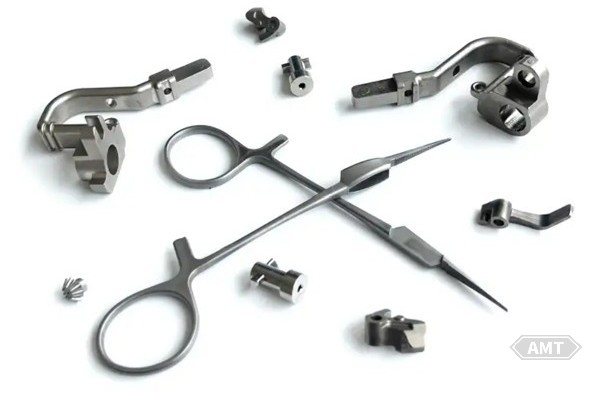Date:2025-07-23 Views:1021
Both die casting and MIM deliver high-quality products, yet they differ significantly in cost-effectiveness and production efficiency. These distinctions are inherently batch-size-dependent, making each process uniquely suited for specific component types.

Uses high pressure to force molten metal into a mold cavity for shaping.

Mixes metal powder with a binder to form feedstock, which is injection-molded into a "green part." The part is then debound and sintered to achieve final density.
Aspect | Die Casting | MIM |
Materials | Molten metal + lubricants | Fine metal powder + polymer binders |
Mold | Made of high-pressure/high-temperature resistant materials. Requires vacuum sealing systems. | Standard tool steel (e.g., P20) suffices. |
Post-Processing | - High dimensional accuracy & surface finish | - High dimensional precision, density, and surface finish |
Aspect | Die Casting | MIM |
Output Speed | High-speed production, easily automated. Hot-chamber machines: 3,000–7,000 shots/8-hour shift. | Single production line (injection + sintering): 200k–500k parts/month (for 10g-class parts). |
Complexity | Limited for parts with deep concavities or intricate internal features. | Extremely high design freedom (thin walls, undercuts, internal features). |
Material Range | Restricted to high-fluidity metals (e.g., Zn, Al, Mg); Limited strength/corrosion resistance. | Broad material compatibility (stainless steel, titanium, tungsten, etc.). |
Process | Optimal Batch Size | Ideal Part Types |
Die Casting | High-volume (>100k units) | - High-fluidity metal parts (e.g., housings, brackets) |
MIM | Medium-volume (10k–100k units) | - Small, complex geometries (gears, medical tools) |
Economic Scale: MIM tooling costs are lower, but sintering adds time; die casting achieves lower per-unit costs at massive scales.
Porosity in Die Casting: Turbulent flow during injection traps air, causing voids that prevent welding/heat treatment.
MIM Material Flexibility: Accommodates refractory metals (e.g., tungsten) and alloys impossible to die cast.
Leave your email for more ebooks and prices📫 !
Contact:Fidel
Tel:021-5512-8901
Mobile:19916725893
Email:sales7@atmsh.com
Address:No.398 Guiyang Road Yangpu China